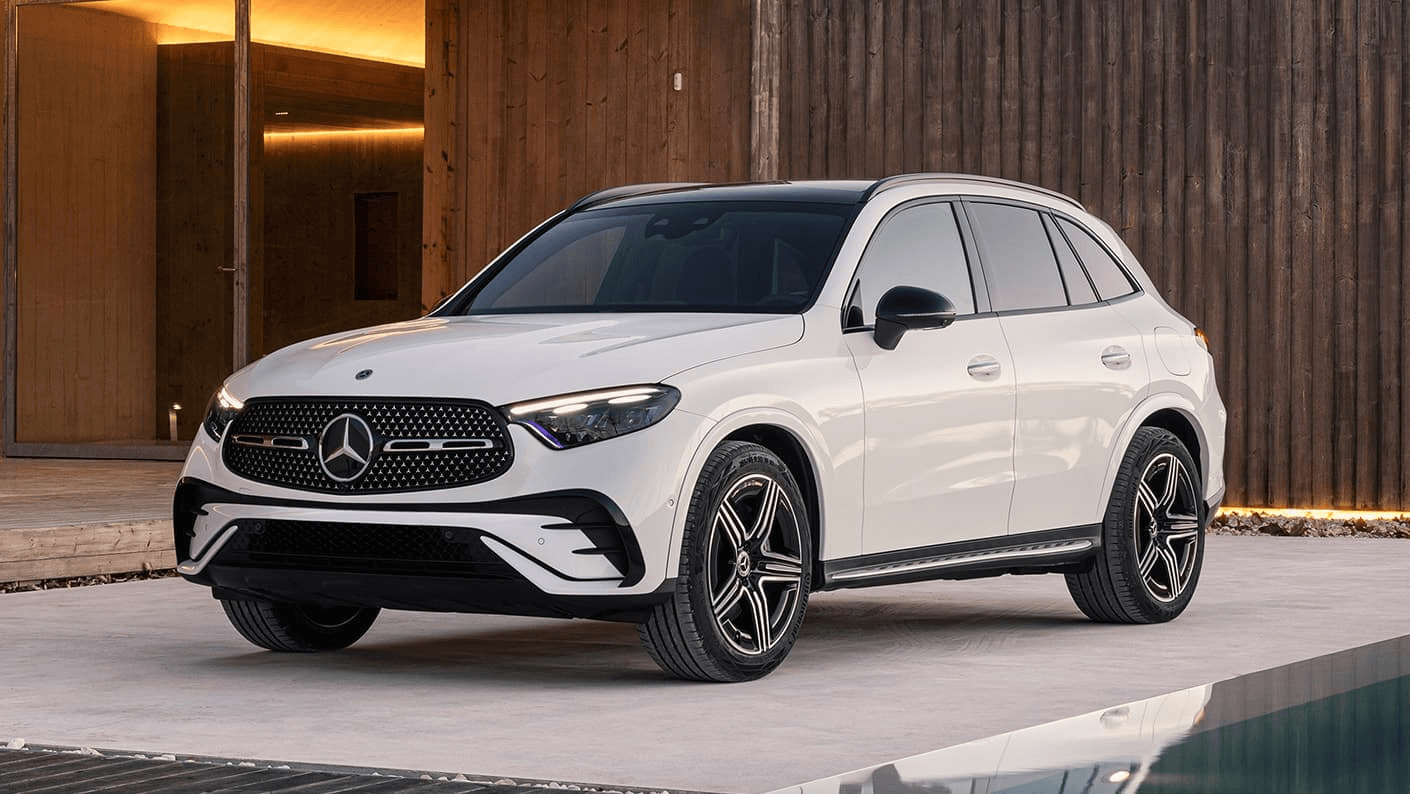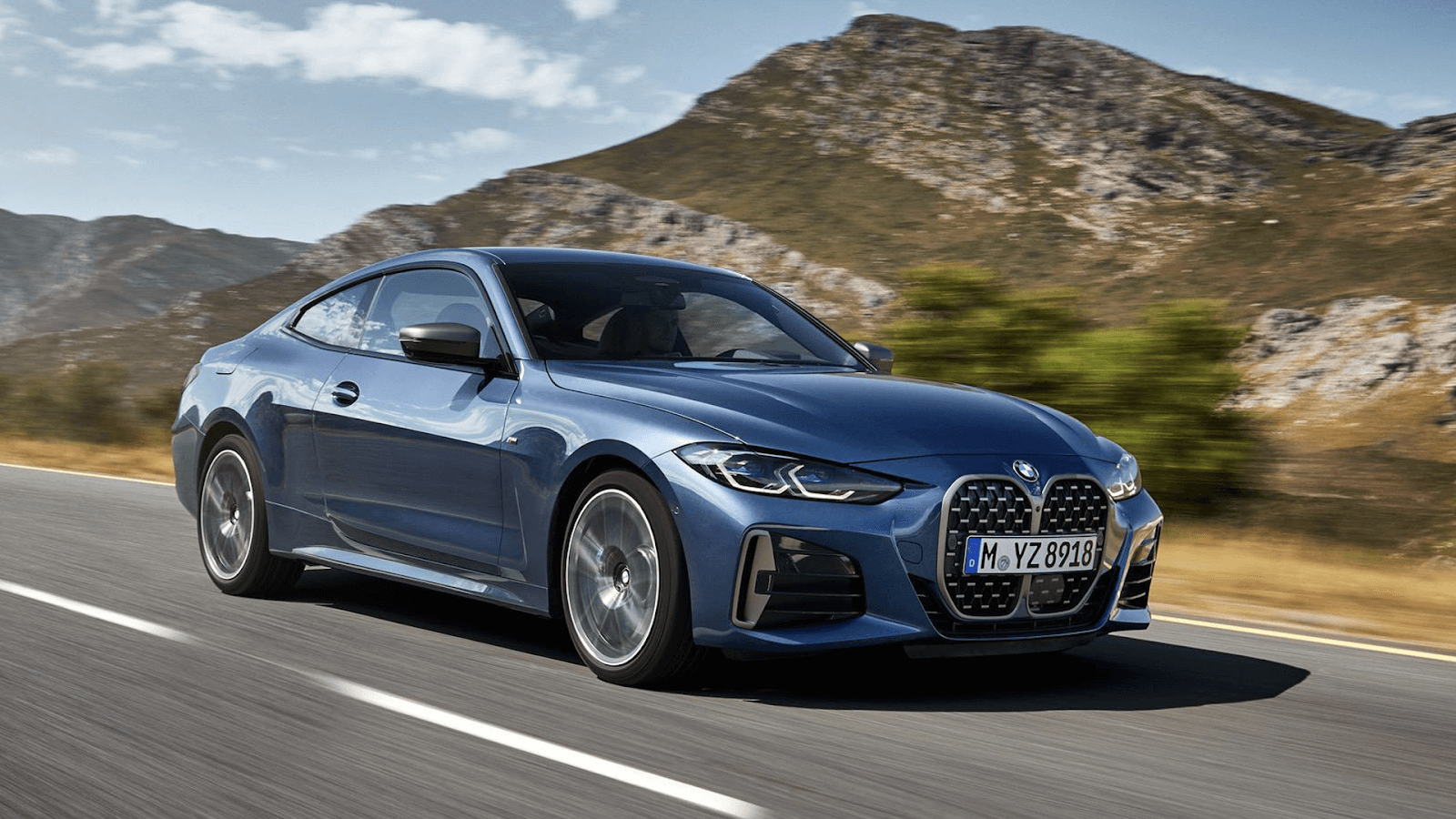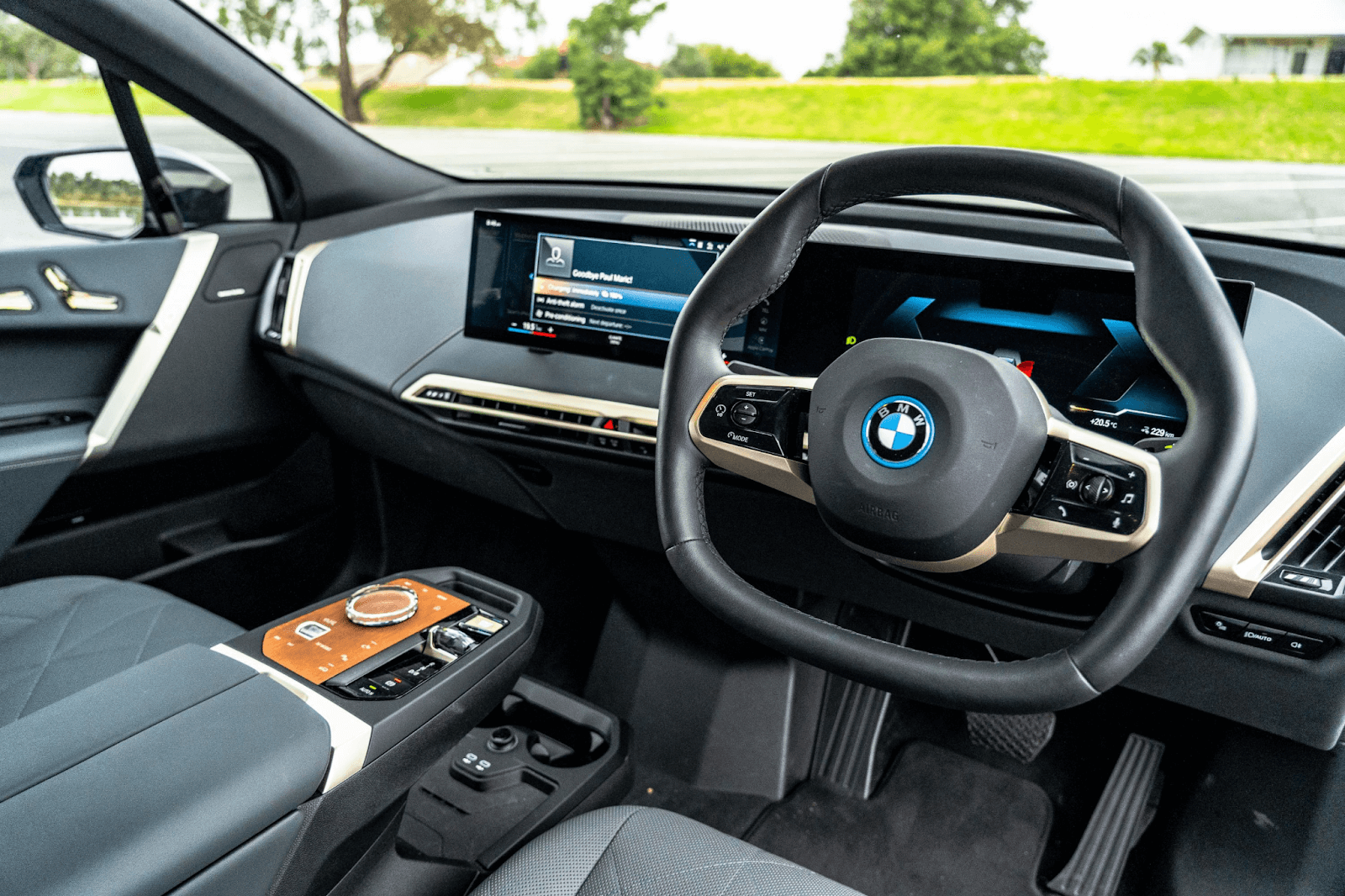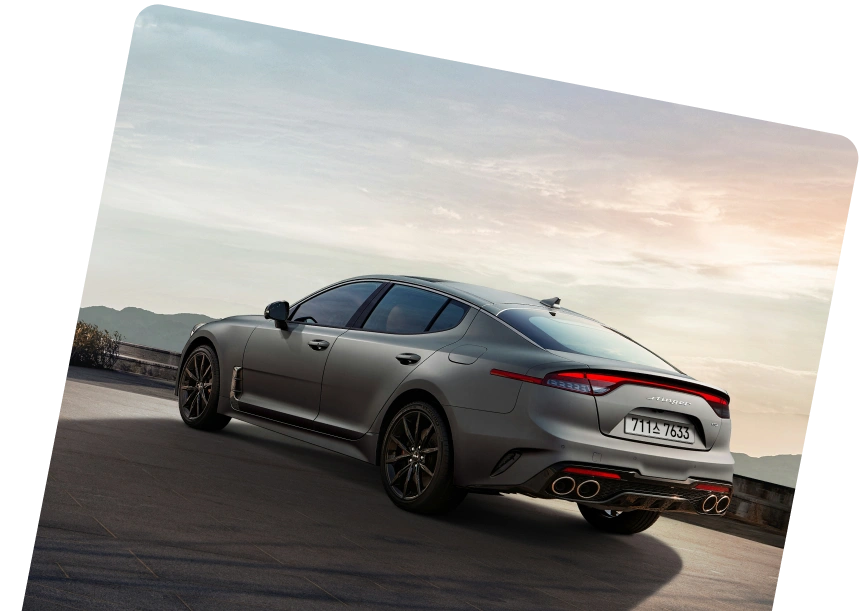BMW and Mercedes-Benz are among the top players in the luxury car market. They’ve been setting trends for decades, with others following their lead.
Each car brand has its own unique personality. BMW’s slogan is “The Ultimate Driving Machine,” and the claim is proven by exceptional performance variants for everyday driving. Meanwhile, Mercedes-Benz has a dominant Formula 1 team and a rich motorsport history. In their road cars, they prioritise comfort and luxury.
Both brands offer a wealth of features and value for their customers. Which one’s better, though? Let’s compare the two brands — BMW vs Mercedes — and remember to use Carplus to purchase your next car on great terms.
History
Mercedes-Benz’s history goes way back to 1886 when Karl Benz invented the internal combustion engine. He was one of the first to make a vehicle that ran on petrol, and by 1891, he had developed the first four-wheel petrol car. This led to the founding of Benz & Cie in 1900, which quickly became the biggest automaker globally. After World War I, there was a merger that resulted in the creation of Mercedes-Benz. BMW emerged later, starting as an aircraft engine manufacturer in 1916 and venturing into automobiles in 1928. The company’s experience in building engines made transitioning to small-car development a natural move forward, as then-chairman Franz-Josef Popp said. BMW’s first car—The Dixi—had a four-cylinder engine with 15 horsepower and could reach speeds of around 75 mph.
Model Lineup and Variants
Let’s take a look at popular BMW and Mercedes cars, compare different segments, and explore special editions and performance variants.
BMW Models and Segments
BMW has a diverse lineup of luxury vehicles, ranging from the midsize 5-Series, famous for its sporty yet plush ride, to the 2-Series and 7-Series. They offer small cars like the 3-Series and 4-Series with high-performance variants, while the X1 and X2 cater to the subcompact SUV segment.
The flagship X7 SUV and luxury midsize X5 SUV offer powerful engine options and a balance of ride and handling. BMW also got into electric vehicles with models like the i4 and i7; the latter provides 536bhp and 318 miles of range.
Mercedes Models and Segments
Mercedes-Benz C-Class is a standout option in the luxury small car segment, with the comfort and features of larger cars in a compact package. Moving up to midsize luxury sedans, the E-Class sets the bar with its refined interior and a plethora of standard equipment. For flagship luxury cars, the S-Class is unmatched.
In terms of SUVs, the midsize category gets the GLE, while the GLS and G-Class represent full-size luxury SUVs with distinct characteristics like spaciousness, off-road prowess, and powerful engines. Mercedes has also entered the EV market with the EQS.
Ownership Cost
BMW maintains a competitive average repair cost of £157.27, which is lower than Mercedes-Benz’s £186.80. On a more detailed level, BMW offers more competitive prices for some services, while Mercedes gets more affordable in other ones:
| BMW | Mercedes | |
|---|---|---|
| Cambelt changes | £826.22 | £475.54 |
| Clutch replacements | £544.85 | £670.58 |
| Gearbox changes | £1,450-£2,350 | £1,595-£1,895 |
| Fluids | £190-£220 | £200-£220 |
BMW generally has better reliability scores compared to Mercedes-Benz, with models like the X3, X1, 2-Series, and 7-Series scoring between 85 and 86 out of 100. On average, BMW’s reliability score is around 82.8. BMW’s cars use materials like synthetic leather, aluminium, and high-quality plastics, which are durable and sporty but may not feel as luxurious as genuine leather or wood.
Mercedes, on the other hand, has reliability scores for fewer models, averaging around 78. The C-Class takes the lead with a score of 81, while the E-Class scores 74. These interiors feature such premium materials as genuine leather, real wood trim, and soft-touch surfaces.
Both BMW and Mercedes-Benz offer similar warranties, with a four-year/50,000-mile powertrain warranty. However, BMW’s electric battery packs have an eight-year/100,000-mile warranty, whereas Mercedes EV batteries come with a 10-year/155,000-mile warranty.
Price
BMW and Mercedes-Benz both offer diverse pricing structures across their ranges. The BMW 1-Series is priced from £4,180 to £24,520 used, while the 3-Series ranges from ~£6,485 to £38,560. The 5-Series falls between ~£6,440 and £37,015. For electric cars, the i7 Saloon is priced from ~£12,720-£37,750 and higher.
Mercedes comes with a slightly higher starter price with the A-Class — from £4,940 and goes up to £32,045 used. The AMG GT Series starts at £29,675 and goes up. The C-Class and E-Class range from around £22,900 to £43,625. The G-Class AMG, EQC, and EQA are some of the most expensive models you can get, with used prices from ~£31,850. Keep in mind, prices for used models are just estimates because they keep changing all the time.
If you’re considering purchasing one of these or another used Mercedes-Benz or BMW vehicle, Carplus provides a range of car finance options.
Safety
Both BMW and Mercedes-Benz excel in safety and offer advanced driver assistance technologies across their lineups. Models like the BMW 2-Series, 3-Series, 5-Series, and X5 have top-notch NCAP safety scores and advanced safety features, such as forward collision avoidance and lane-departure warning systems. The i4, as an electric vehicle, has received a four-star safety rating.
Similarly, Mercedes models like the C-Class, E-Class, GLC-Class, and GLE-Class also achieve high safety ratings and come equipped with a wide range of safety tech. The EQ EQE has received a five-star safety rating, too.
Performance
BMW cars are renowned for their strong engines and precise handling; their engineers go for balanced suspensions and responsive steering for this purpose. Many BMWs use turbocharged or twin-turbocharged engines, and some of the best ones are:
- N55: straight-six engine that offers 300 bhp at 5,800 rpm
- S54: the best of BMW’s inline-six engines, 333 bhp at 7,900 rpm
- S62: nearly five-litre engine with 394 bhp at 6,600 rpm
For driving enthusiasts seeking even greater thrills, BMW’s M Performance models like the M3 and M5 offer suspensions tuned for sports cars, more powerful engines, and other enhancements for better performance.
- M2: 3.0-litre inline-six engine that produces 431-460 bhp
- M5: a 4.4-litre V8 engine that delivers between 560-600 bhp
In contrast, the Mercedes A-Class has a turbocharged 2.0-litre four-cylinder engine, with 188 bhp and 4400 rpm. B-Class and C-Class are faster by about 20 bhp each. GLE and GLC are around the same. E-Class Mercedes-Benz has an optional turbocharged 3.0-litre V6 engine (362 bhp). S-Class features a turbocharged 3.0-litre inline-six engine with 429 bhp.
Mercedes AMGs are not the brand’s typical cars; these offer a thrilling driving experience with powerful engines ranging from 4-cylinder to V12. They are known for their dynamic response, agility, top-notch performance, and fuel efficiency. Top-of-the-line Mercedes-AMG C63 S E-Performance has 671 bhp and can accelerate from 0 to 60 mph in just 3.4 seconds.
Design and Styling
 Mercedes exterior
Mercedes exteriorMercedes simplifies its exterior design by focusing on roundness, proportions, and stance while removing unnecessary details. This creates a warm, inviting look reminiscent of classic models like the 300SL.
 BMW exterior
BMW exteriorBMW cars have a bold style, especially with their iconic kidney grille. This look appeals to people who want a muscular and prestigious appearance, especially those focused on business and performance.
 Mercedes interior
Mercedes interiorMercedes is known for luxurious cabins seen in models like the GLE, GLS, E-Class, and top-tier S-Class. Their interiors set high standards with top-notch fit and finish, and these often rank among the best in the industry.
 BMW interior
BMW interiorBMW interiors, while not lacking in quality or luxury, go for performance over refinement. This results in cabins that feel slightly less polished compared to Mercedes. However, models like the X1, X3, and i7 stand out with exceptional build quality and good fit-and-finish.
Technology and Infotainment
BMW comes equipped with iDrive, an easy-to-use system that allows control via a rotary wheel, buttons, touchpad, or voice commands. Some BMWs also have gesture control. Plus, there’s a Digital Display Key that lets you control the car from outside. It might seem like a gimmick, but it does make driving easier day-to-day.
Mercedes’ MBUX has one of the best infotainment systems with voice control in cars, which doesn’t rely on Siri or Google Assistant. It has its own Hey Mercedes system for natural commands. In smaller models like the A-Class, MBUX is displayed on two 10.25-inch screens, and larger models like the E-Class have slightly bigger 12.3-inch screens in a twin configuration.
Comfort
BMW’s interiors are excellent — combining advanced technology with comfort. They’ve made their technology user-friendly and created a comfortable and contemporary environment. Everything is assembled with precision.
One great thing is how quiet BMW cars are. Even though diesel engines can be a bit noisy sometimes, the cabin blocks out most outside sounds. When you’re driving, you won’t hear much engine, road, or wind noise thanks to special soundproofing glass.
Through Kingsman Concepts, Mercedes-Benz has mastered ergonomic design and placed controls and interfaces intuitively for easy use. This creates a personalised and comfortable experience in their vehicles.
The ride remains smooth, even on rough roads and with larger wheels. Also, the cabin is quiet, with minimal wind or tyre noise. Unlike some other premium brands, noise reduction isn’t overly isolated, so you get some level of sensory engagement.
Brand Image and Perception
Mercedes is seen as luxurious and mature, while BMW is known for its sporty appeal and attracts younger enthusiasts. These premium brand images strongly influence what people choose to buy and how they want to present themselves, so it’s important to pick a brand that matches your desired image and lifestyle.
The target audience for BMW is someone who:
- enjoys rear-wheel drive dynamics for a sporty driving feel;
- likes precise steering and responsive handling;
- seeks a blend of luxury and performance in their driving experience;
- looks for versatility.
The buyer demographic for Mercedes-Benz is more diverse and varies depending on the series within the lineup:
- S-Class, E-Class, and CLS models are tailored for executives and entrepreneurs.
- CLA or C-Class models are popular among those seeking style and image.
- E-Class, CLS, and S-Class are favoured by higher income households/families.
- Retired individuals opt for Mercedes for its high-end reputation.
- AMG models offer top-notch performance for drivers with deep pockets and a passion for high-performance vehicles.
For the most part, BMW vehicles cater to sporty driving preferences, with rear-wheel-drive platforms bringing responsiveness and balanced performance. Their xDrive system further improves adaptability on diverse road surfaces. In contrast, Mercedes-Benz vehicles focus on comfort, luxury, and status; these cars make for a smoother and more relaxed driving experience.
BMW has taken steps to improve its environmental impact:
- Since July 2020, BMW has fully transitioned to renewable energy sources for all external electricity needs.
- A redesigned supply chain emphasises transparency and cuts down CO2 emissions.
- Advanced paint processes at Plant Munich reduce energy consumption by eliminating intermediate drying.
- BMW sources green electricity from hydroelectric plants in Munich and Dingolfing, alongside operating its wind farm in Leipzig.
- Biodiversity preservation is a priority across BMW’s facilities.
Mercedes-Benz is making strides in:
- Creating new partnerships to develop and produce battery cells in Europe.
- Researching and testing resource-conserving materials to balance sustainability and luxury. For example, the EQS and EQE prototypes have cable ducts crafted from UBQ, a plastic alternative made from household waste.
- Offering high-quality upholstery fabrics made entirely or partially from recycled PET bottles.
- Implementing steel with an improved carbon footprint in its production processes.
- Producing the body-in-white for the Mercedes-AMG SL, structural castings from die-cast alloys with up to 100% recycled aluminium scrap.
Conclusion
Deciding between BMW vs Mercedes is difficult since the two automakers both deliver compelling models designed for a variety of tastes. There are some subtle details to consider, though.
If you value comfort, Mercedes is a top pick in the luxury car scene. But if you’re looking for a thrilling driving experience, BMW is the way to go. BMWs also have better reliability and safety.
Hopefully, that information about BMW and Mercedes was helpful! Now, you can head over to Carplus to continue your purchasing and financing process.
Table of Contents








